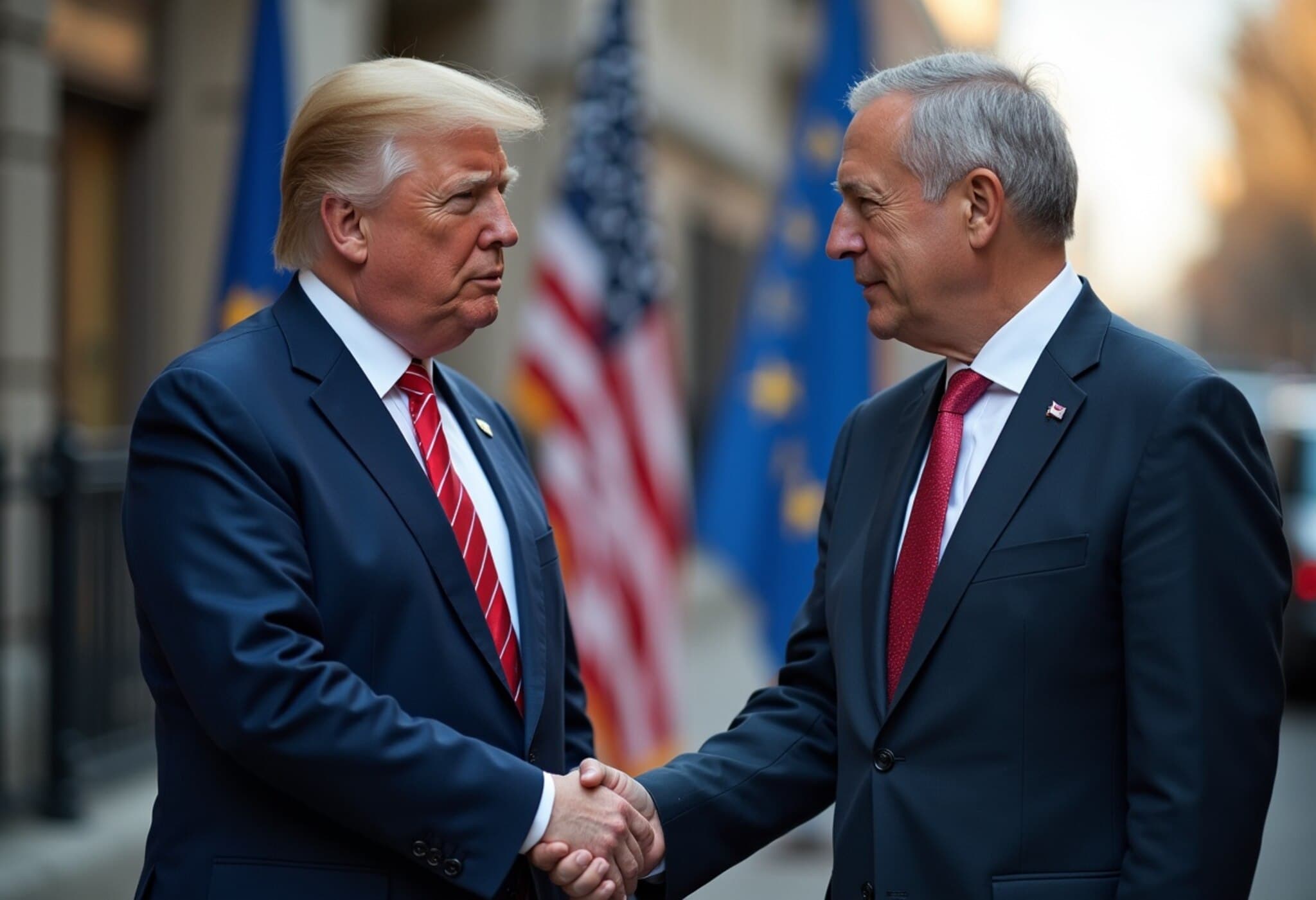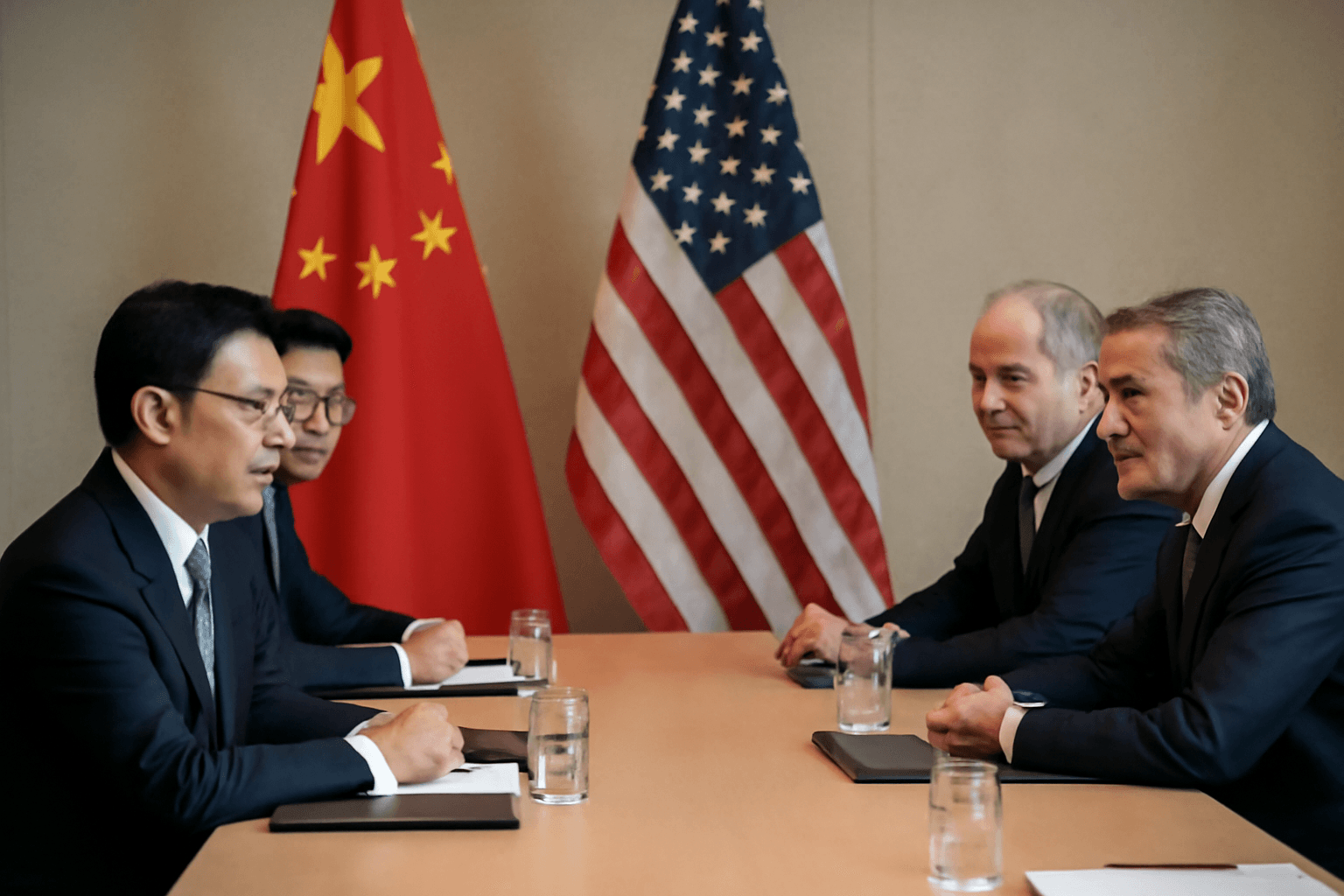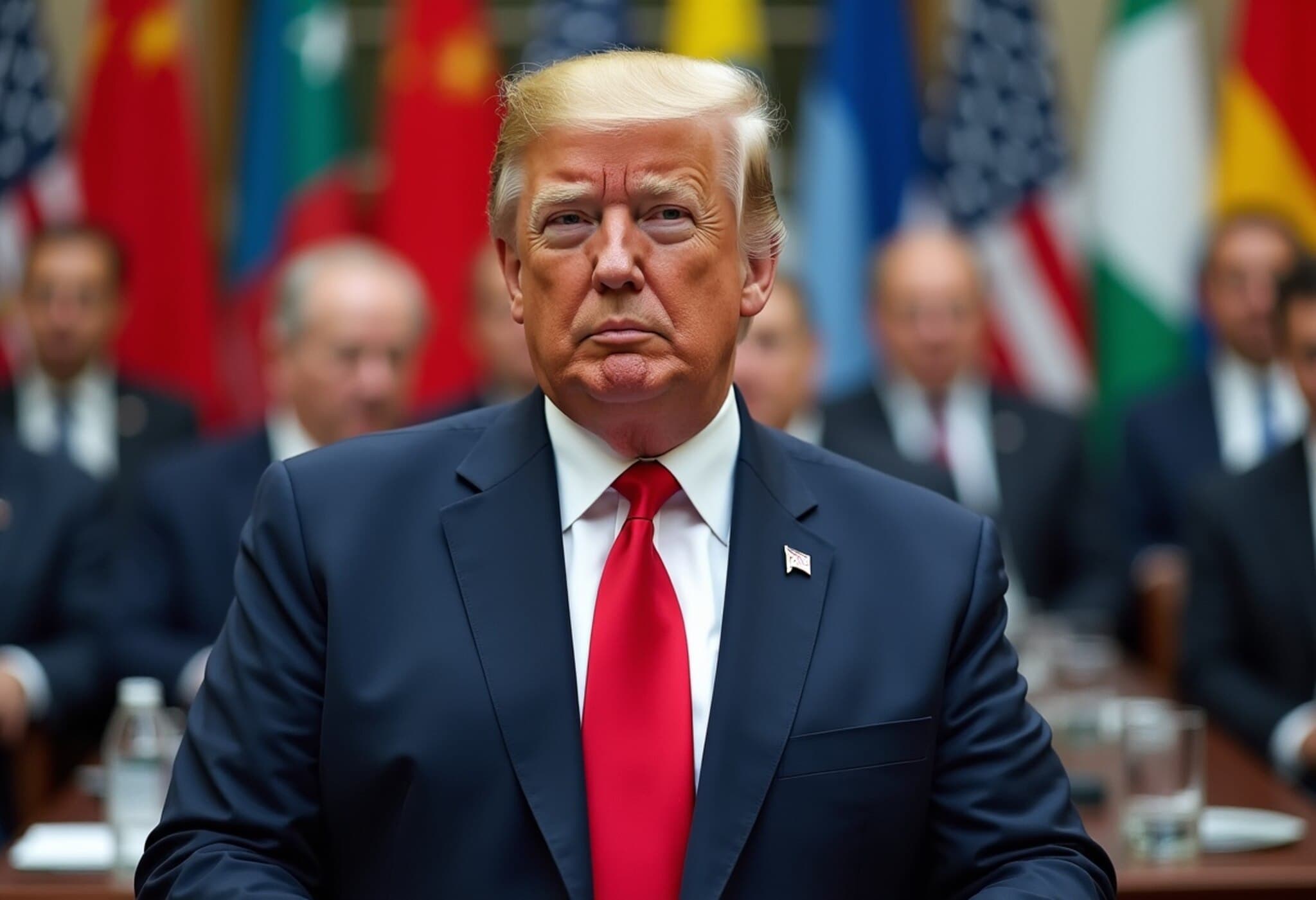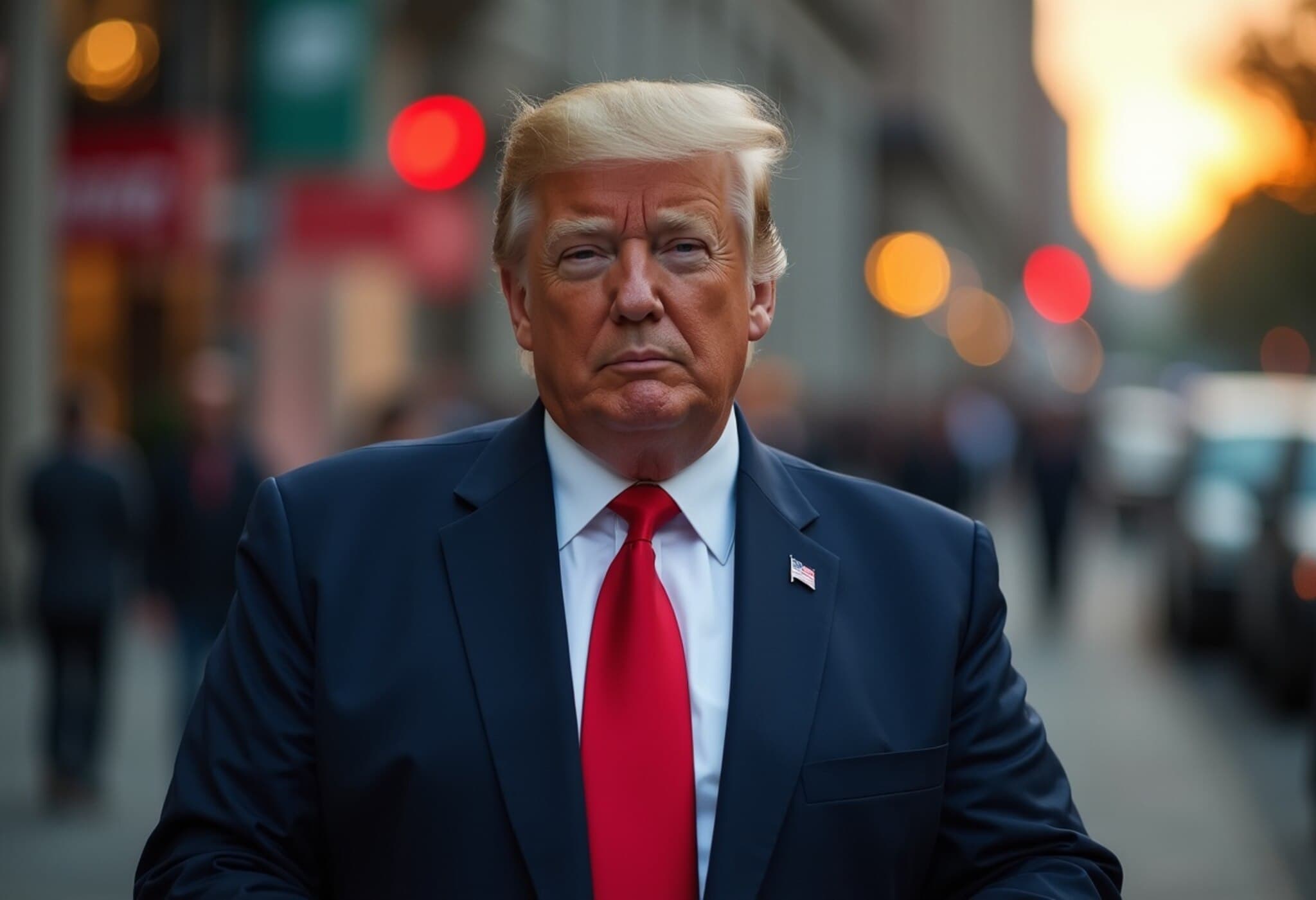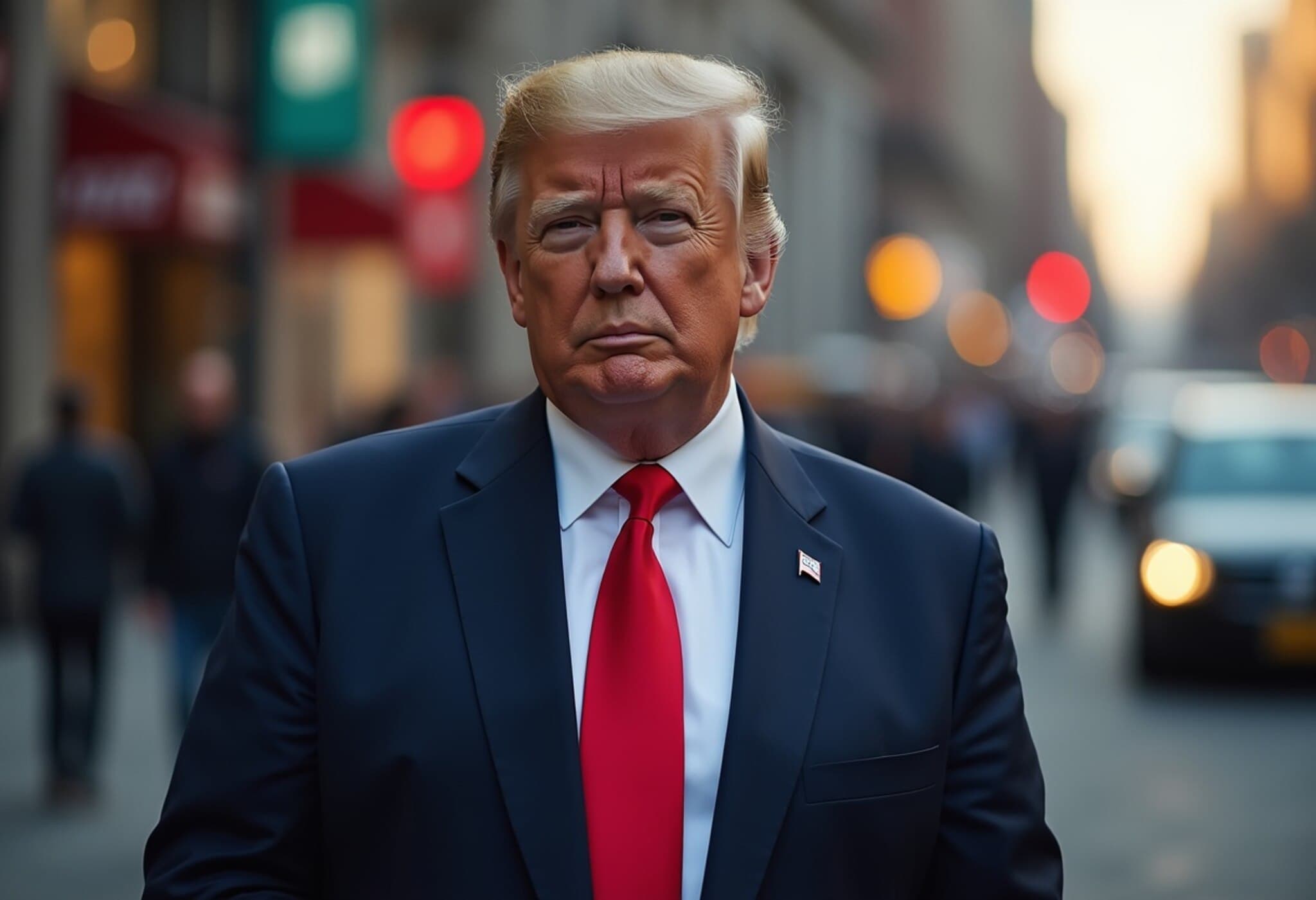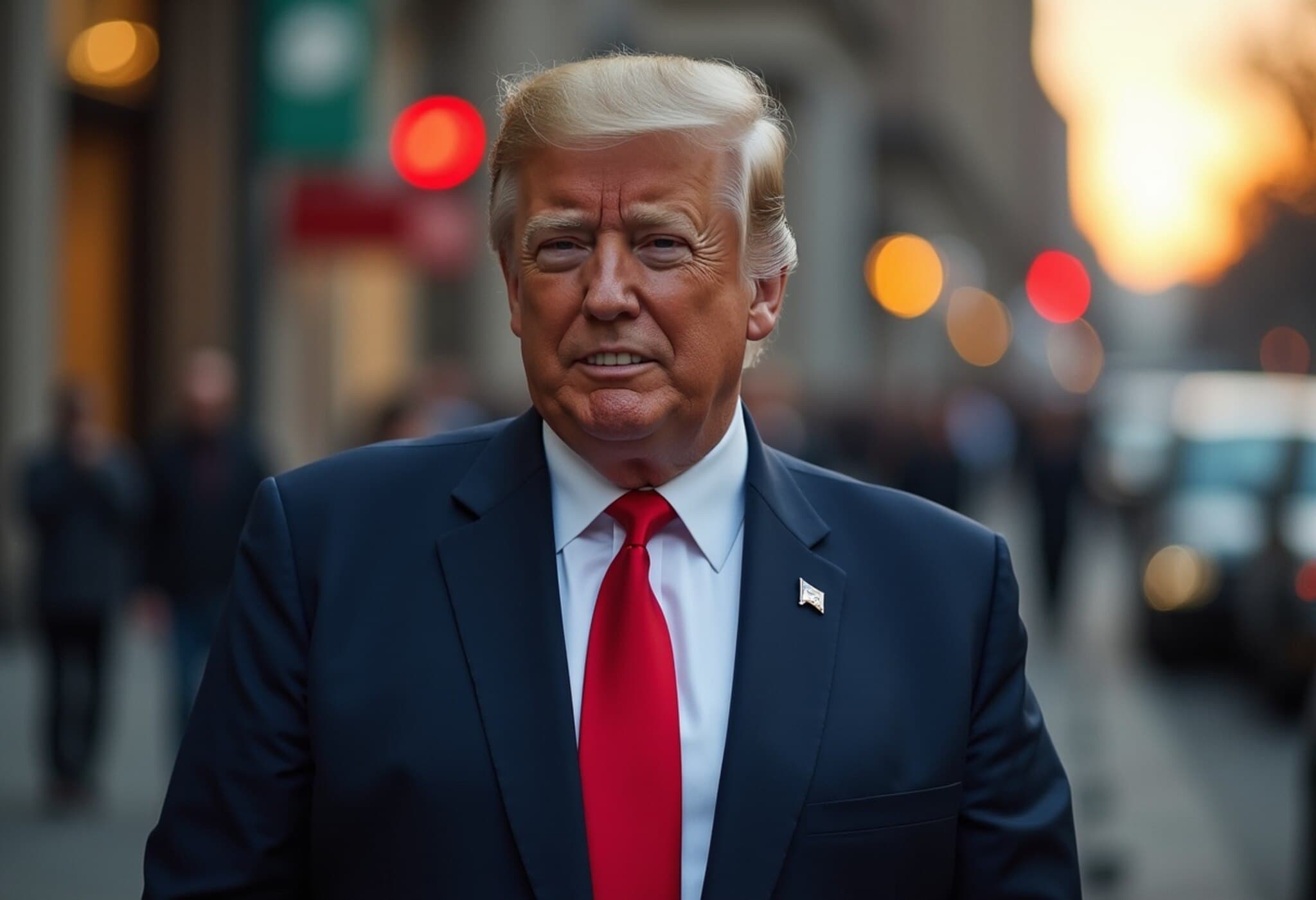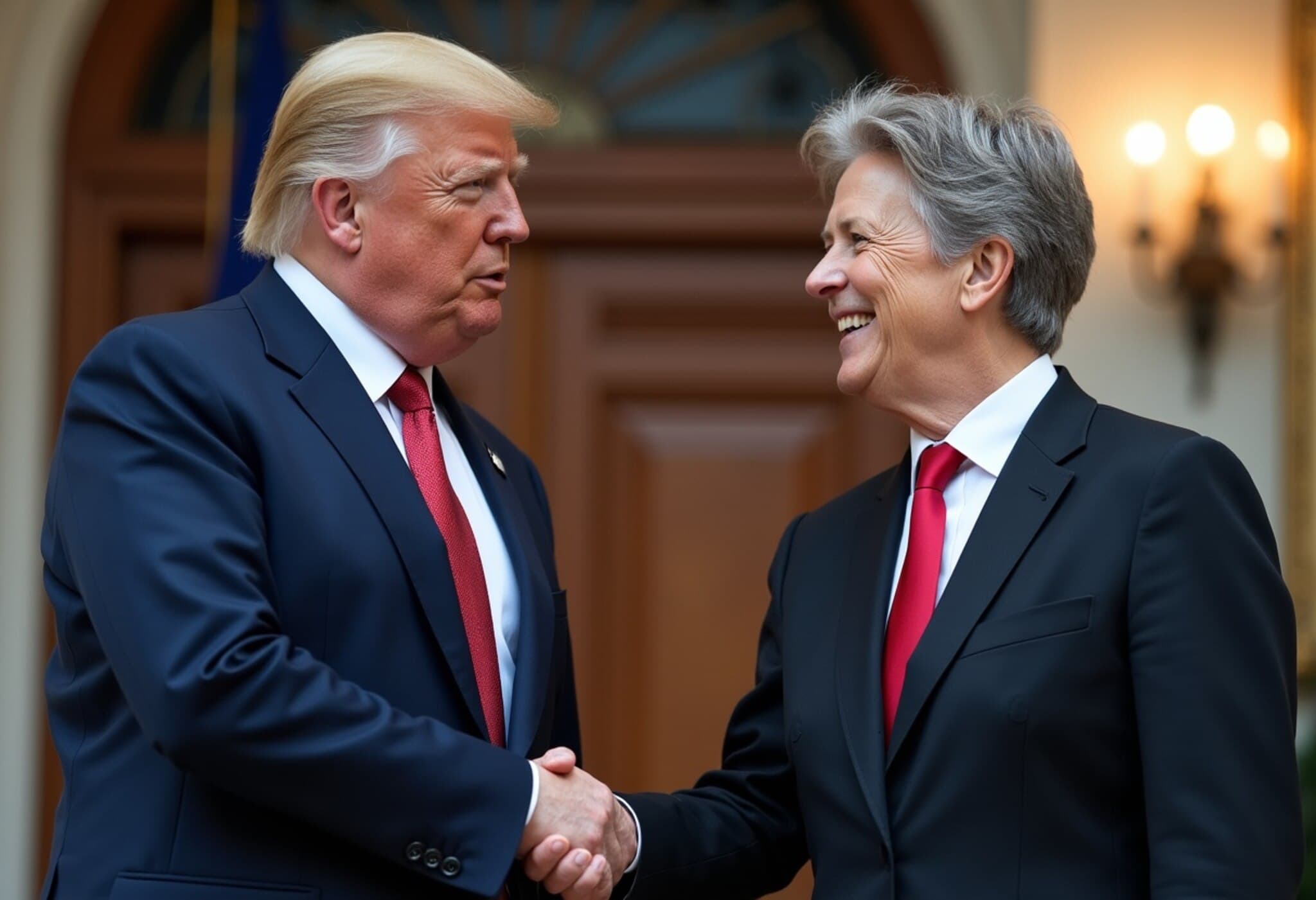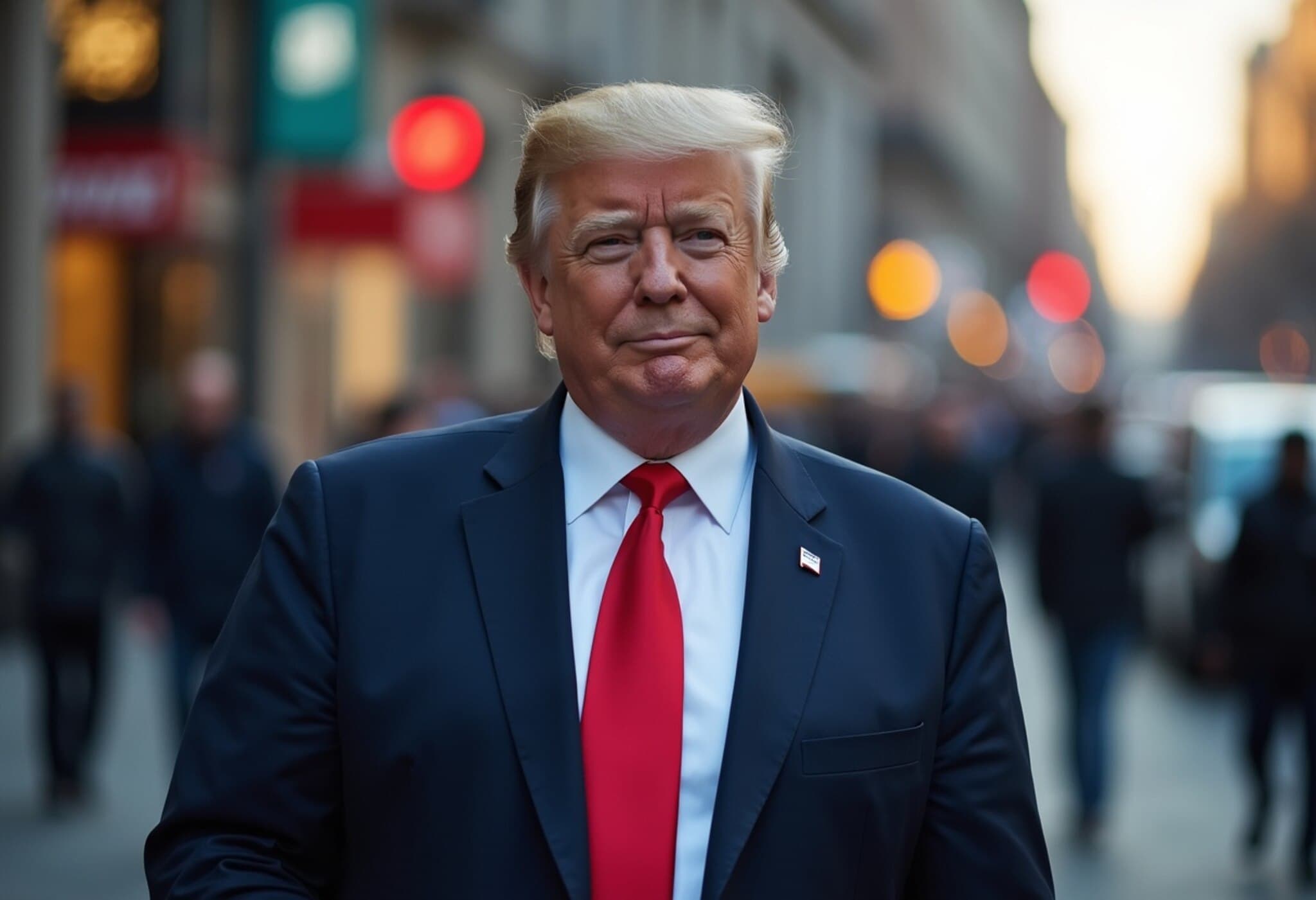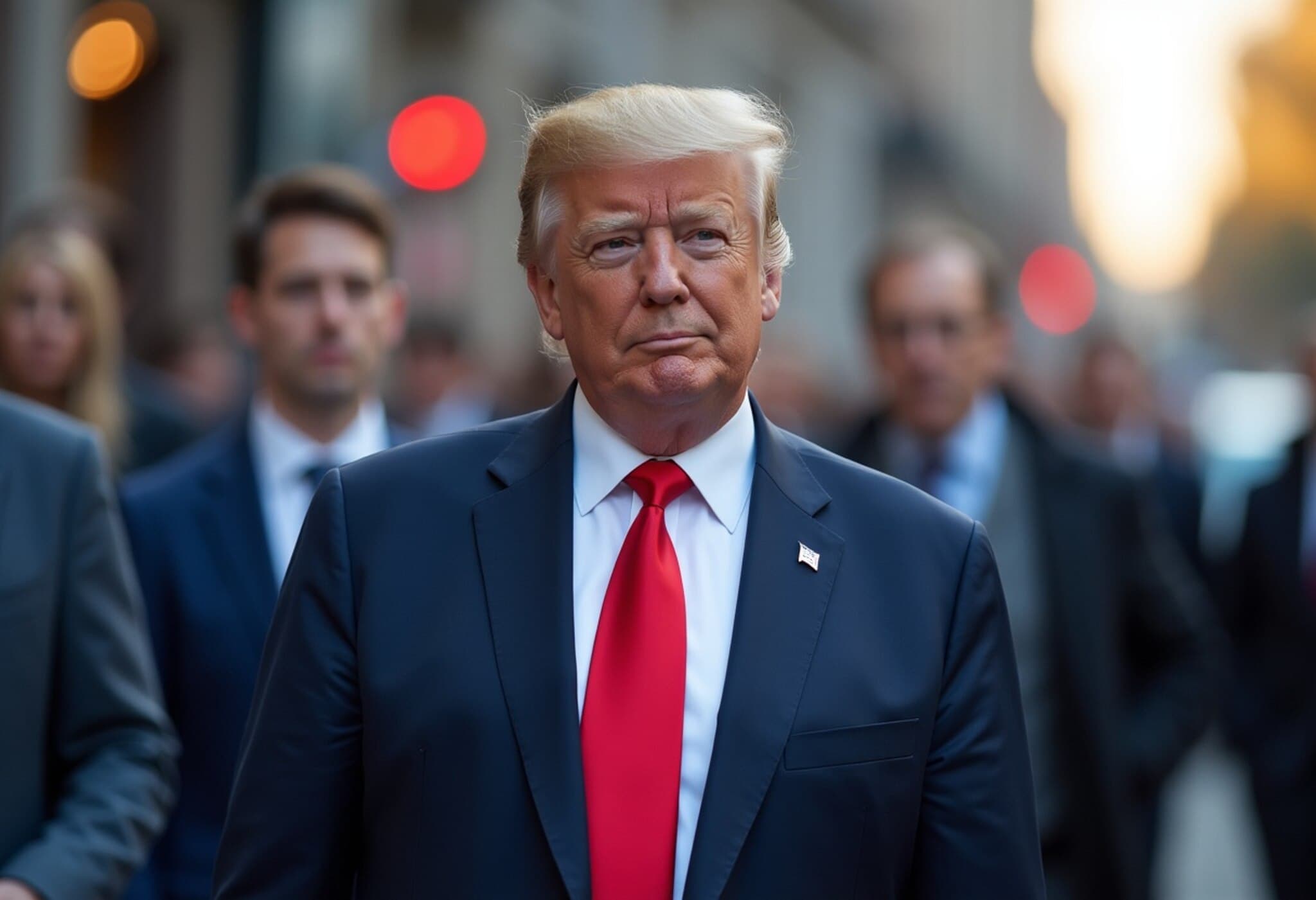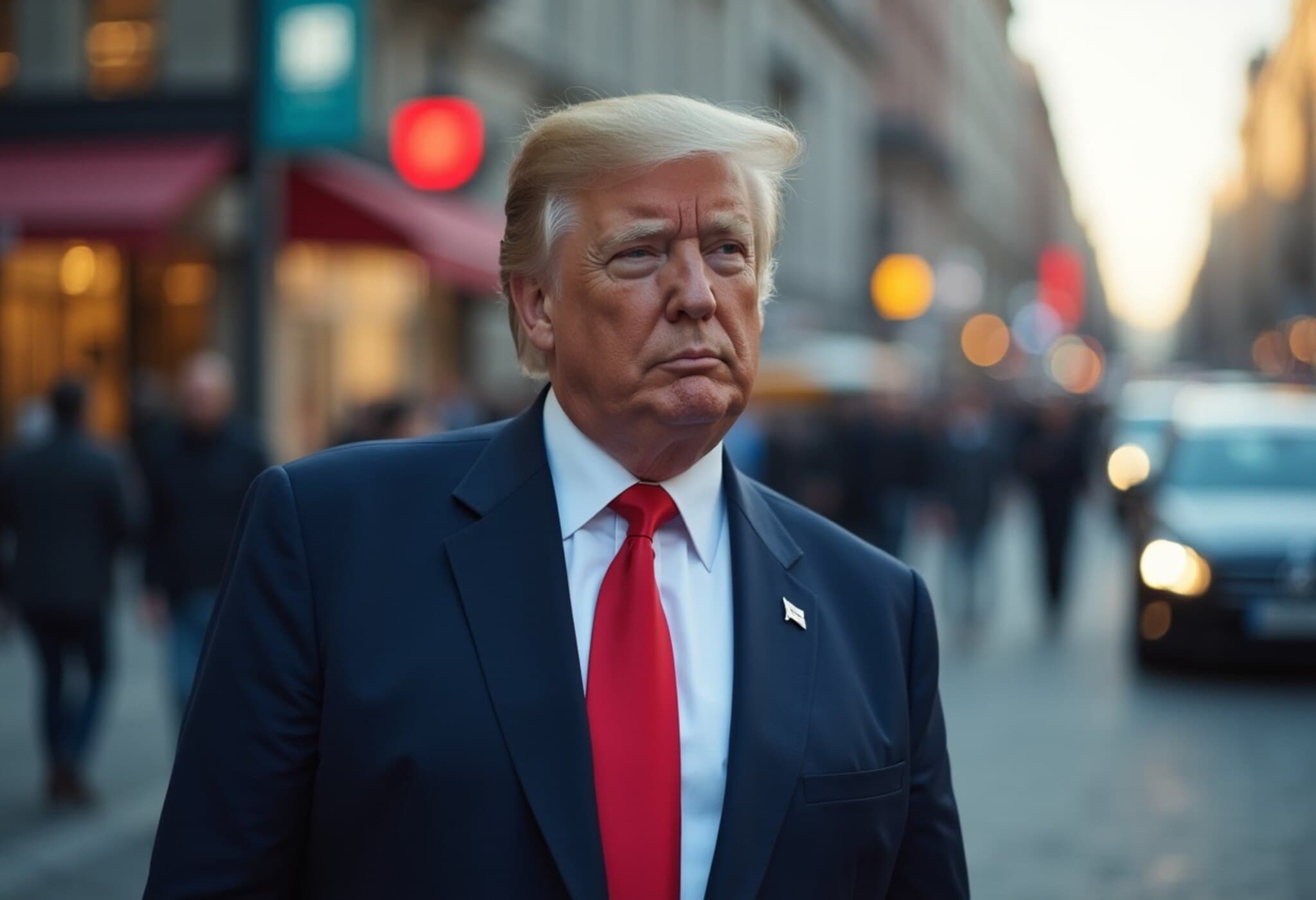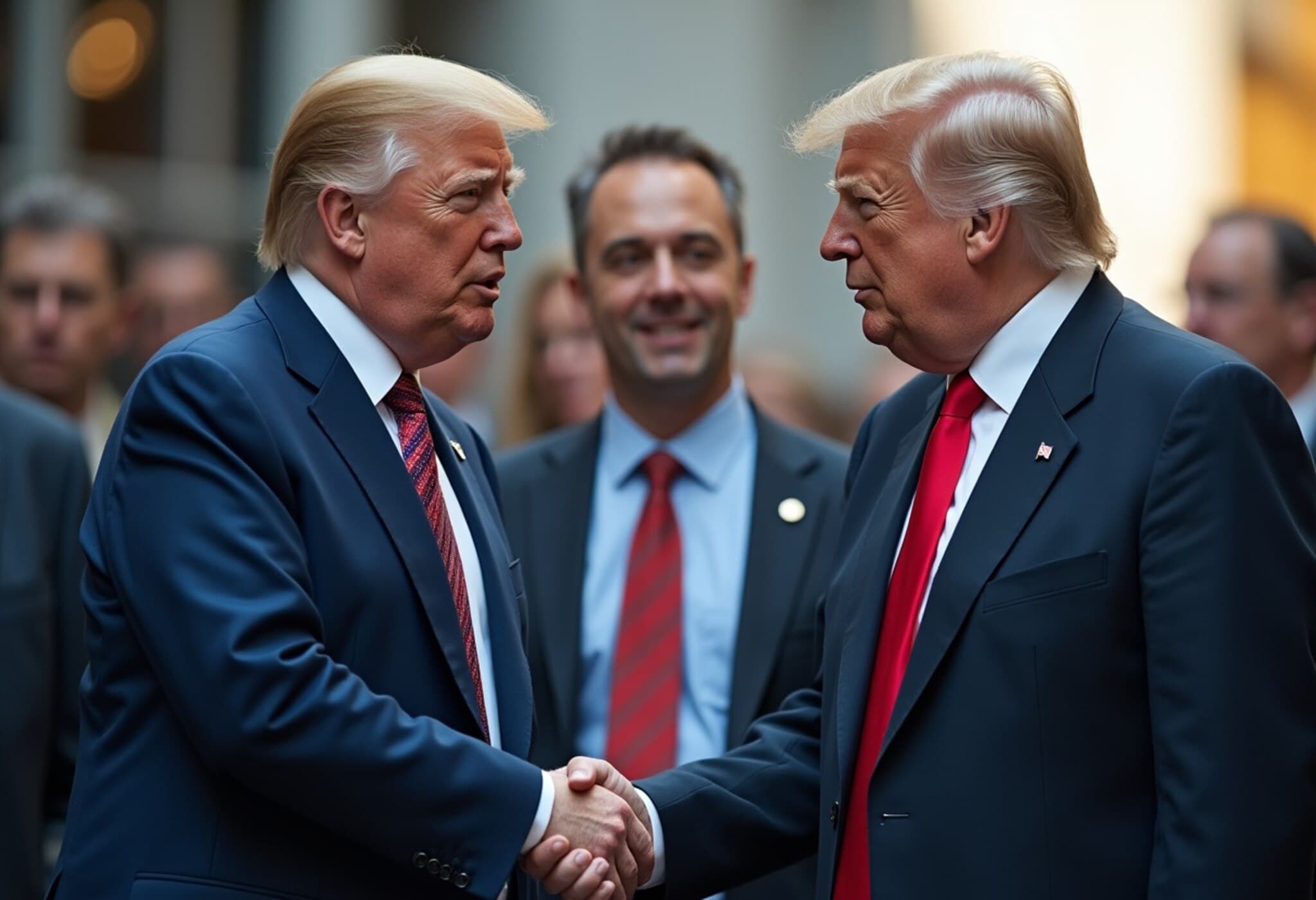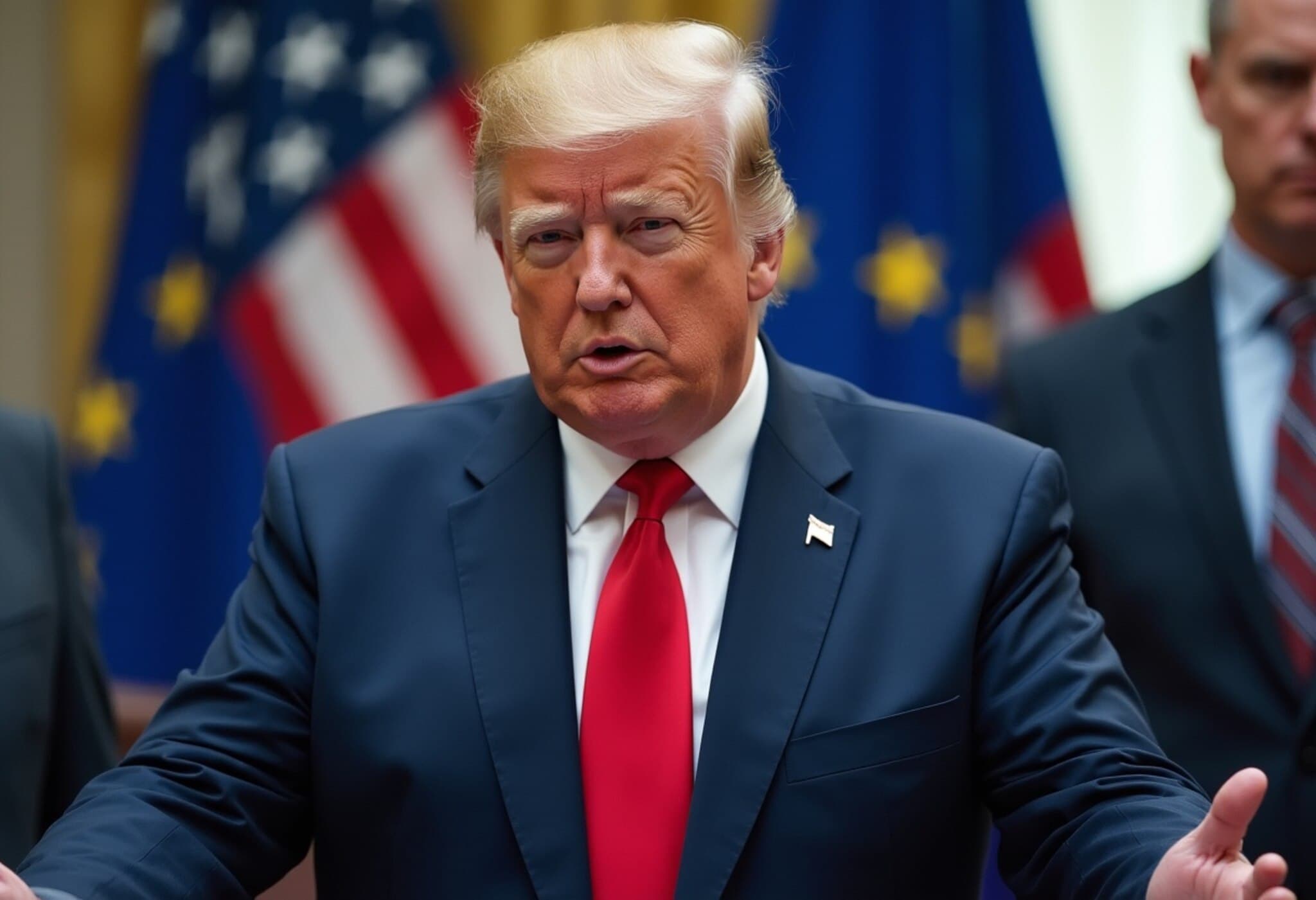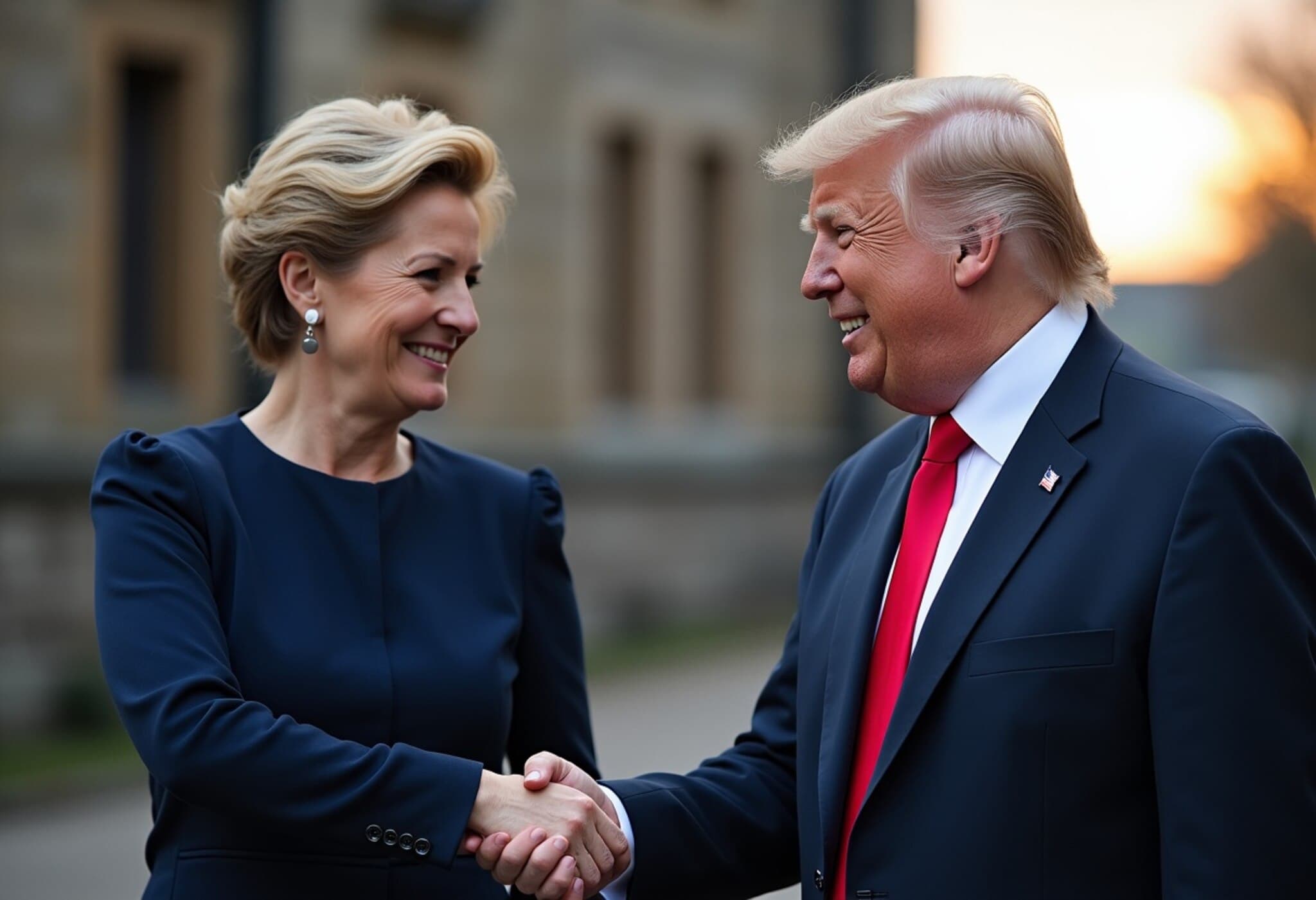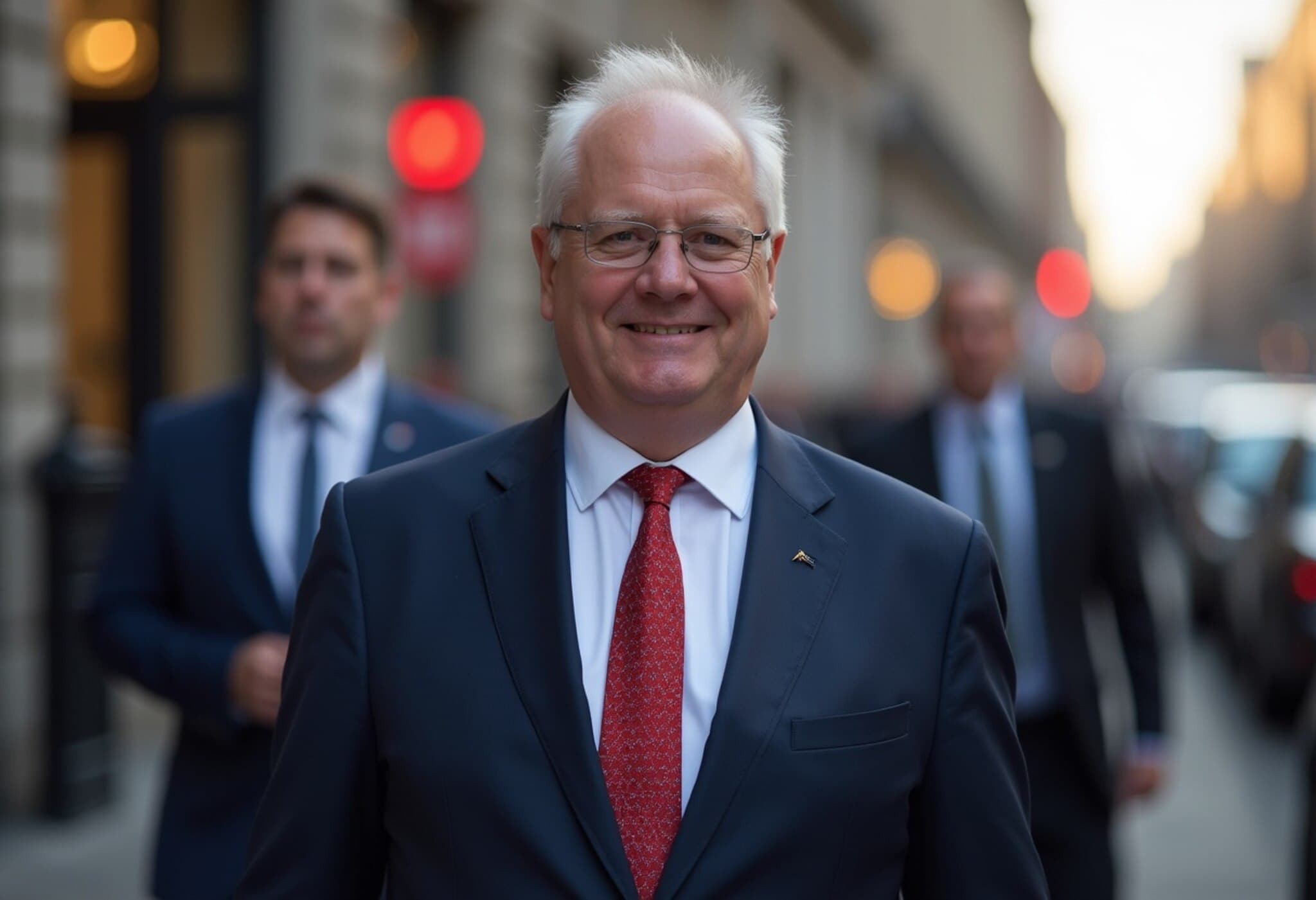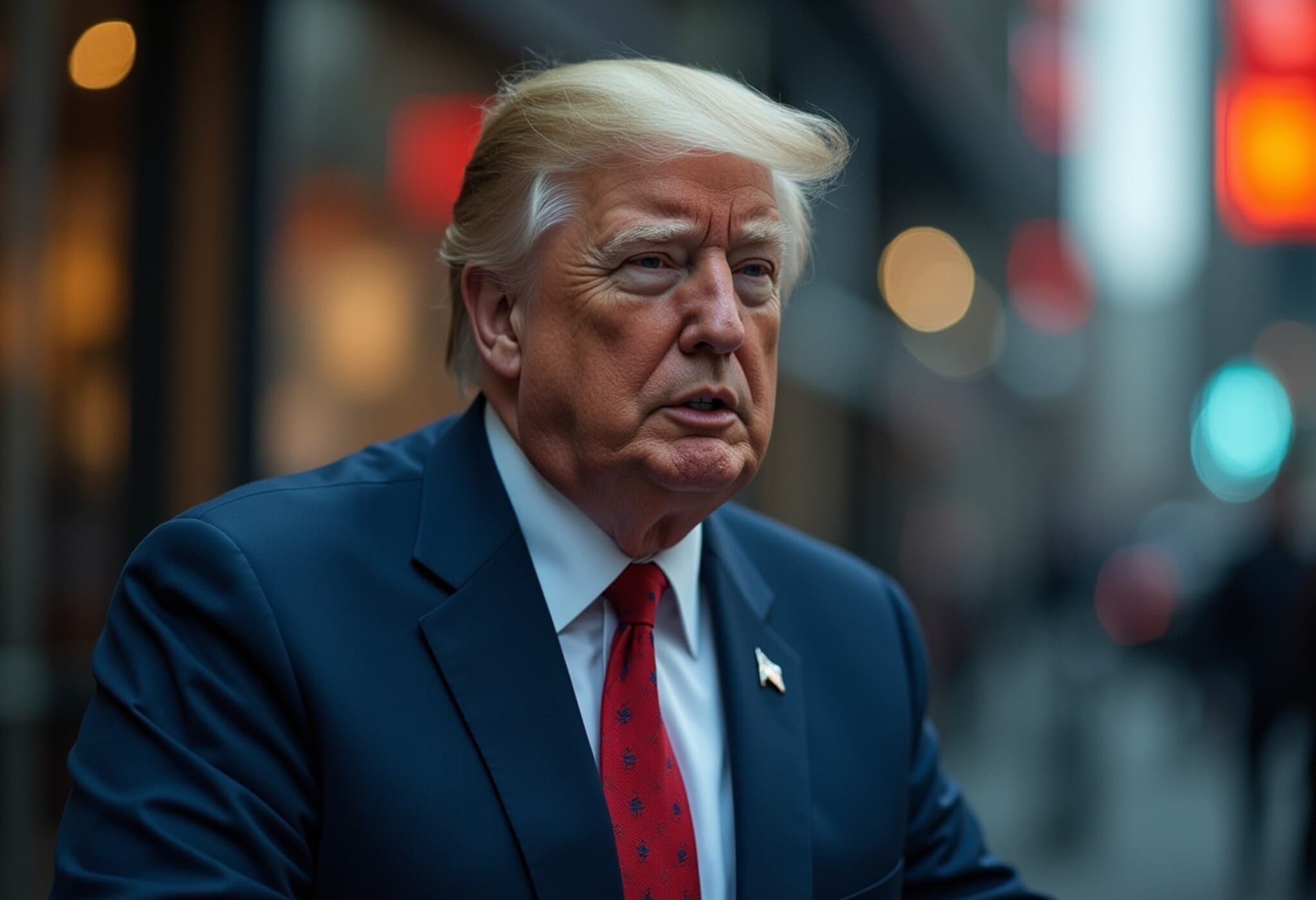US and EU Announce Landmark Trade Framework From Scottish Summit
In a significant development that could reshape transatlantic commerce, US President Donald Trump and European Commission President Ursula von der Leyen unveiled a preliminary trade agreement following intensive talks in Turnberry, Scotland, on July 27, 2025. This accord aims to ease escalating tariff tensions that had threatened to disrupt billions in commerce and is positioned as a strategic step toward revitalizing economic cooperation between two of the world’s largest markets.
Key Features of the Trade Framework
- Tariff Reductions: The United States agreed to lower incoming tariffs on most European goods to 15%, replacing the imminent 30% tariff that was to take effect August 1. This rate aligns with tariffs established in the recent US-Japan trade deal and exceeds the prior 10% tariff on UK imports.
- Energy Commitments: The EU pledged to purchase $750 billion worth of US energy resources, signaling a robust commitment to diversify its energy supply and strengthen economic ties.
- Investment Increases: EU investments into the US are expected to rise by $600 billion beyond existing levels, bolstering job creation and cross-border business ventures.
- Auto Sector Concessions: Both parties settled on a 15% tariff rate for autos, which was considered a critical compromise given the EU's heavy car exports valued at nearly €39 billion to the US last year.
Pharmaceuticals: The Complex Challenge
The pharmaceutical industry, a major component of EU exports to the US, was a contentious subject. While the Trump administration had previously threatened punitive tariffs as high as 200%, the parties agreed on a softer stance. President Trump emphasized the importance of domestic production for medicines but recognized continued imports of European pharmaceuticals, calling them "very special." This nuanced approach reflects broader concerns about supply chain resilience amid global health uncertainties.
Negotiation Context: Deadline Pressures and Countermeasures
The deal was brokered just days before the US-imposed deadline for doubling tariffs—forcing EU negotiators to weigh retaliatory measures and strategic compromises carefully. EU officials, including German leaders, who have been ardent advocates for lower auto tariffs, expressed cautious optimism while keeping contingency plans active.
Expert Insights and Future Outlook
Trade analysts highlight this agreement as a pivotal moment that balances protectionist pressures with the imperatives of globalized supply chains. According to Dr. Sarah Mitchell, a policy fellow at the Center for Transatlantic Trade Studies, "While the deal stops short of a comprehensive free trade agreement, it alleviates imminent risks and lays groundwork for deeper cooperation. Energy and investment pledges signal mutual recognition that economic interdependence remains vital despite political divergences."
However, questions linger about enforcement mechanisms, detailed sectoral agreements, and the potential impact on small and medium enterprises (SMEs) that have less capacity to absorb tariff shocks. The US’s insistence on maintaining a degree of pharmaceutical self-reliance also raises issues about innovation incentives and patient access.
What This Means for US-EU Relations and the Global Economy
This trade framework reflects a broader geopolitical recalibration amid rising global competition, supply-chain disruptions, and shifting alliances. For American businesses, particularly in energy and manufacturing, the deal offers a more predictable market landscape and potential for expansion. European exporters gain reassurances against abrupt tariff hikes but face ongoing pressure to diversify markets and innovate.
Both sides have committed to continue their discussions, hinting at the complex road ahead as they move from a framework to detailed operational agreements. As President Trump declared, "We made it," signaling relief but also the beginning of a new chapter in transatlantic economic relations.
Editor’s Note
This preliminary US-EU trade agreement represents more than just a tariff adjustment; it underscores the intricate balance between national interests and economic globalization. While immediate tariffs are moderated and investment flows encouraged, the evolving stance on pharmaceuticals and autos reveals underlying challenges still to be negotiated. Observers should watch how these commitments translate into concrete policies and impacts on consumers, industries, and diplomatic ties in the coming months.

